Three US Navy destroyers have conducted coordinated missile firings in the Atlantic Ocean during a major naval event marking the service’s 250th anniversary.
According to the US Navy, the Arleigh Burke-class guided-missile destroyers USS Ross (DDG 71), USS Gonzalez (DDG 66), and USS Mason (DDG 87) launched Standard Missile-2 (SM-2) interceptors alongside the aircraft carrier USS George H.W. Bush (CVN 77) during the Titans of the Sea Presidential Review.
The demonstration formed part of a wider series of commemorative events across the United States designed to highlight the U.S. Navy’s maritime capabilities.
All three destroyers belong to the long-serving Arleigh Burke class, the backbone of the U.S. Navy’s surface fleet. Each vessel is equipped with the Aegis Combat System and a 90-cell Mk 41 Vertical Launch System, capable of firing SM-2 and SM-3 surface-to-air missiles, Tomahawk land-attack cruise missiles, and anti-submarine weapons. They also carry Harpoon anti-ship missiles, a 127mm Mk 45 naval gun, and close-in defences including the SeaRAM system.
USS Ross, commissioned in 1997, is based in Rota, Spain, as part of the US Sixth Fleet. USS Gonzalez entered service in 1996, and USS Mason followed in 2003. All three ships are regular participants in NATO exercises and operations in the Atlantic and Mediterranean.
The SM-2 missile remains the US Navy’s standard medium-range surface-to-air weapon, designed to defend against aircraft and cruise missiles.
According to the U.S. Navy, the Titans of the Sea Presidential Review reflects “ongoing readiness and deterrence commitments across the Atlantic and reaffirms the fleet’s operational reach in cooperation with NATO partners”.
The SM-2
The SM-2, designated RIM-66, remains one of the core air defence weapons in Western naval arsenals. Originally developed in the 1970s as part of the Aegis system, it combines inertial and command mid-course guidance with semi-active homing in the terminal phase.
This allows ships to engage multiple targets in rapid succession using shared radar illumination. The missile can also be used in an anti-ship role or against low-flying cruise missiles.
The weapon is fired from the Mk 41 Vertical Launch System used aboard US destroyers and cruisers. With a range of roughly 90 nautical miles depending on the variant, it can intercept aircraft and cruise missiles in both line-of-sight and over-the-horizon engagements. Production of the SM-2 was briefly halted in 2013 due to declining orders but was restarted in 2017 after new contracts from allied navies.
Raytheon, the current manufacturer, continues to refine the design, delivering improved propulsion and electronics in the Block IIIA and IIIB variants. More than 2,700 successful live firings have been recorded, and the US Navy plans to retain the missile until at least 2035.
The SM-2’s longevity reflects its adaptability within the Aegis system. While newer missiles like the SM-6 extend the engagement envelope, the SM-2 continues to provide reliable medium-range protection against air and missile threats, forming the middle layer of the U.S. Navy’s layered defence apparatus.


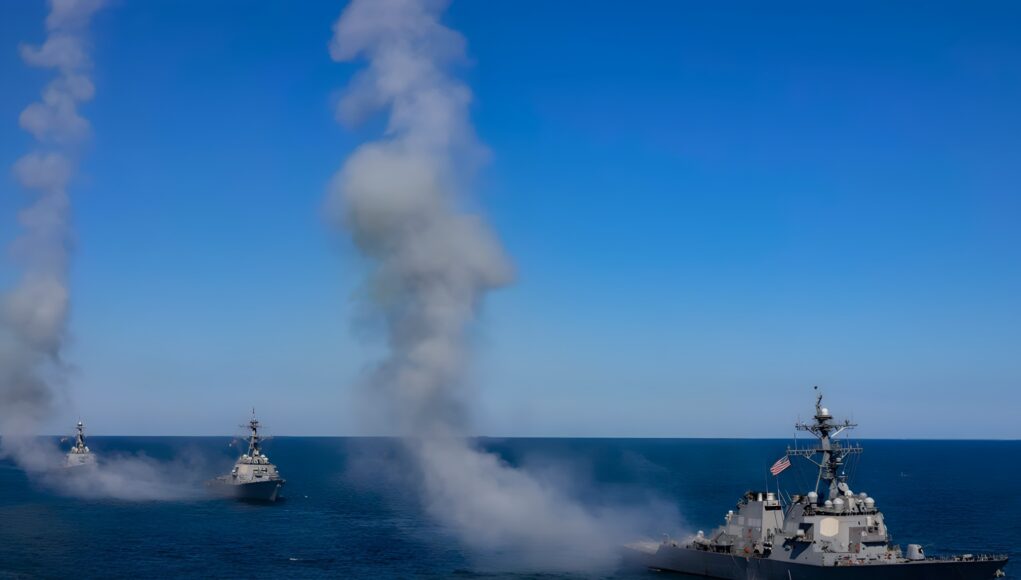
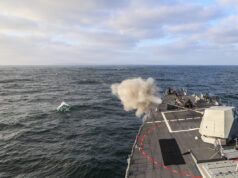
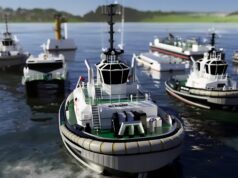
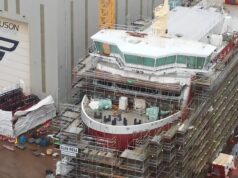
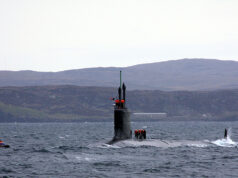
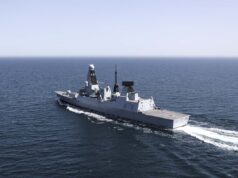

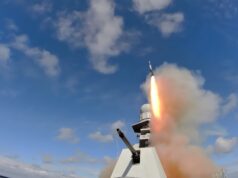
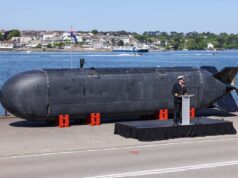
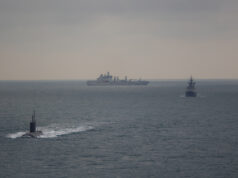
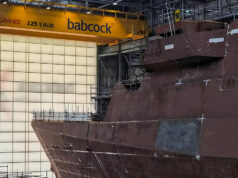

My first response when reading that headline was Venezuelan fishermen just can’t catch a break these days.
Interesting that the oldest of these ships is 30 years and yet still able to perform admirably , compared that to the dire condition of the t23s our own navy are struggling to keep at sea .
What you are saying is exactly what goes through my mind all the time when I read articles about foreign navies(and not just third world) we sell mid life ships that we say are clapped out but others use them for decades…. Is it just us????
The T-23 could be refit to extend life no problem, but it all comes down to money.
It’s not “no problem” we have extended them multiple times but Iron Duke for example cost 100 million in its last refit, they weren’t design to serve this long
T23 were designed for 18 years service life